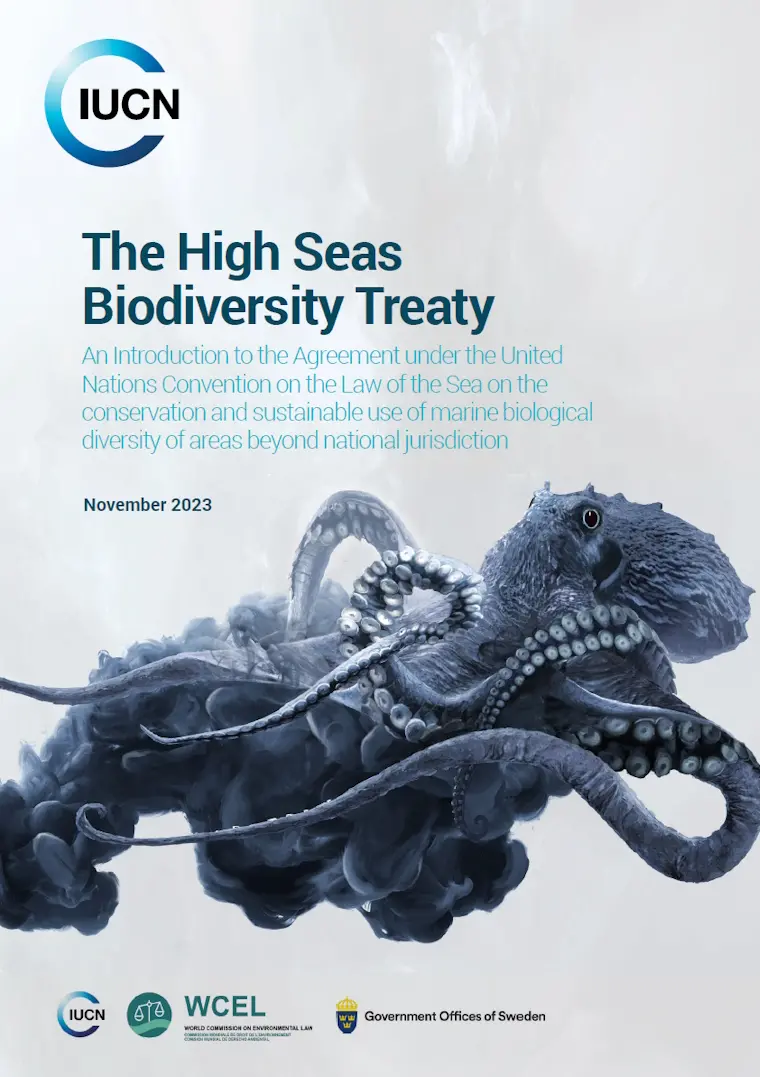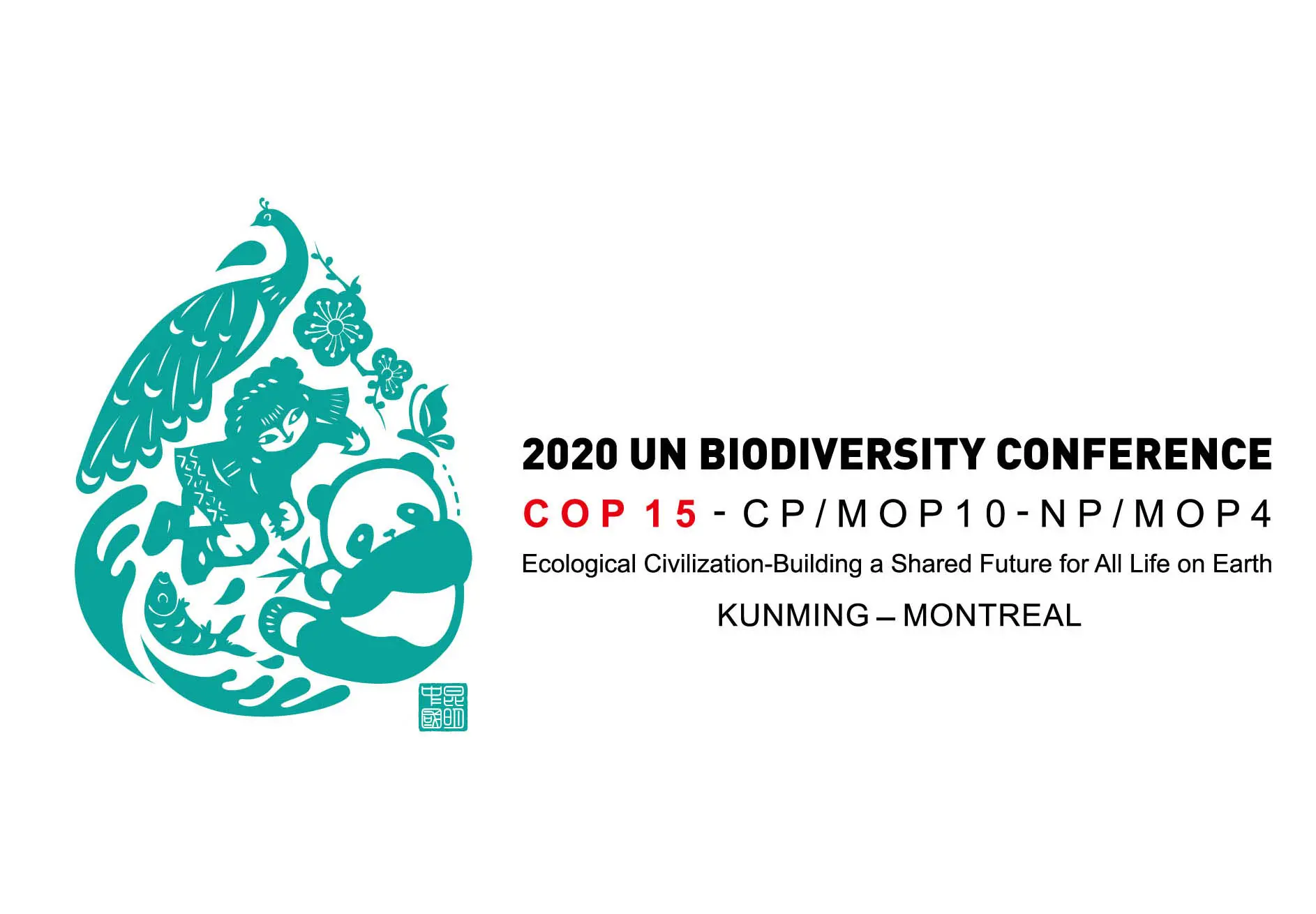Search: SSC

News | 20 Mar, 2024
PANORAMA launches revamped web platform to amplify solutions for a Healthier Planet
The PANORAMA initiative proudly unveils its revamped web platform, designed to foster streamlined knowledge discovery, enhance inclusivity, and deepen peer connectivity. The relaunch supports the initiative’s mission to document and promote replicable solutions across diverse…

Grey literature | 2023
High Seas Biodiversity Treaty Policy Brief
An Introduction to the Agreement under the United Nations Convention on the Law of the Sea on the conservation and sustainable use of marine biological diversity of areas beyond national jurisdiction

IUCN Statement | 19 Dec, 2022
IUCN welcomes the Post-2020 Global Biodiversity Framework, which was adopted at the UN Biodiversity Conference (CBD COP15) in Montreal, Canada on 19 December 2022 after four long years of negotiations. We congratulate the Chinese Presidency, Canadian hosts and the CBD secretariat for their…

Conservation Tool
IUCN Red List of Threatened Species
The IUCN Red List of Threatened Species™ is the world’s most comprehensive information source on the global extinction risk status of animal, fungus and plant species. Open to all, it is used by governmental bodies, non-profit organisations, businesses and individuals.

Page | 04 Feb, 2022
Since 1972, IUCN is the official advisor on nature under the World Heritage Convention. The Convention is known as "the most widely accepted international conservation treaty in human history”, ratified today by 195 States Parties. Natural World Heritage sites conserve the planet’s most…

Story | 12 Mar, 2020
Report: Blue Infrastructure Finance, where all win
All coastal and marine ecosystems are critical to human well-being and global biodiversity. Mangroves, coral reefs, and seagrass beds are examples of these. But urban and rural infrastructure investments are having a heavy negative impact on these systems, and it is…
